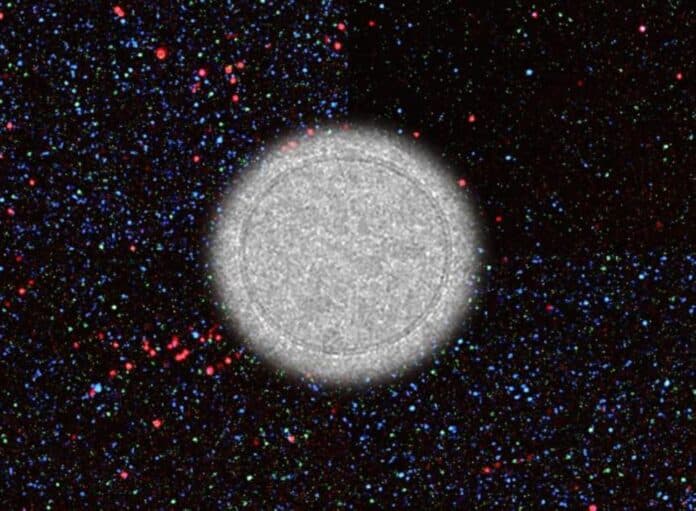High-grade serous ovarian carcinoma (HGSOC) is the deadly subtype of epithelial ovarian cancer (EOC). It is ranked as the seventh most common cause of cancer deaths among women in the world.
EOC consists of diverse subtypes, of which high-grade serous ovarian carcinoma (HGSOC) accounts for approximately 75% of the cases, with a fatality rate of nearly 90%. There has been no specific and sensitive biomarker for HGSOC, and CA125, which is most commonly used in clinical diagnosis, has proven ineffective for early detection of ovarian cancer.
A study led by Nagoya University in Japan discovered three previously undiscovered membrane proteins in ovarian cancer. The research successfully trapped the proteins using a novel nanowire technology with a polyketone coating, revealing a new detection method for ovarian cancer detection.
Extracellular vesicles (EVs), particularly the tiny proteins known as exosomes released by the tumor, can be used to identify malignancy. These proteins can be isolated from bodily fluids like blood, urine, and saliva because they are outside cancer cells. However, the absence of accurate biomarkers for identifying ovarian cancer makes it difficult to employ these indicators.
Scientists extracted small and medium/large EVs from high-grade serous carcinoma (HGSC), the most common type of ovarian cancer, using liquid chromatography-mass spectrometry to analyze the proteins.
Akira Yokoi (he, him) of the Nagoya University Graduate School of Medicine said, “The validation steps for the identified proteins were tough because we had to try a lot of antibodies before we found a good target. As a result, it became clear that the small and medium/large EVs are loaded with clearly different molecules. Further investigation revealed that small EVs are more suitable biomarkers than the medium and large types. We identified the membrane proteins FRα, Claudin-3, and TACSTD2 in the small EVs associated with HGSC.”
After identifying the proteins, the team looked into whether they could trap EVs in a way that would make it possible to detect the presence of cancer.
Yokoi said, “pNW creation was tough. We must have tried 3-4 different coatings on the nanowires. Although polyketones are a completely new material to use to coat this type of nanowire, in the end, they were such a good fit.”
“Our findings showed that each of the three identified proteins is useful as a biomarker for HGSCs. This research suggests that these diagnostic biomarkers can be used as predictive markers for specific therapies. Our results allow doctors to optimize their therapeutic strategy for ovarian cancer. Therefore, they may be useful for realizing personalized medicine.”
Journal Reference:
- Akira Yokoi, Mayu Ukai et al. Identifying high-grade serous ovarian carcinoma–specific extracellular vesicles by polyketone-coated nanowires. Science Advances. DOI: 10.1126/sciadv.ade6958
